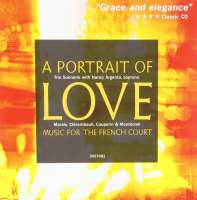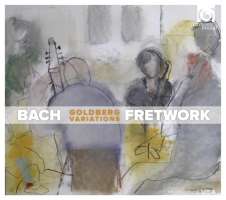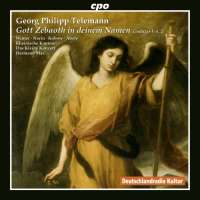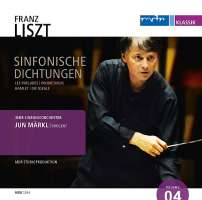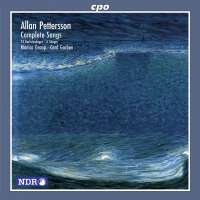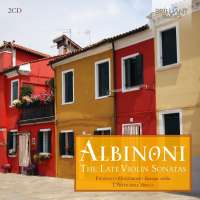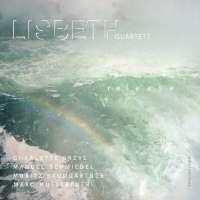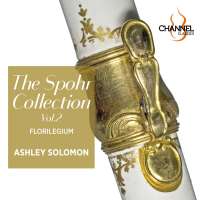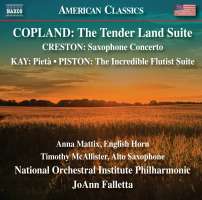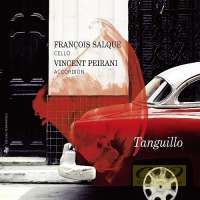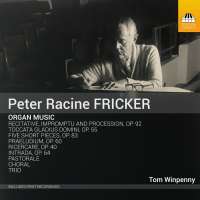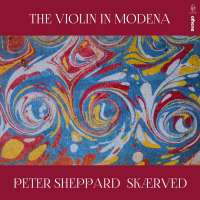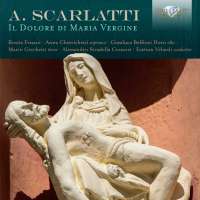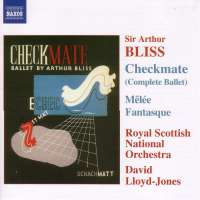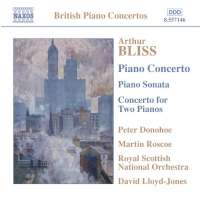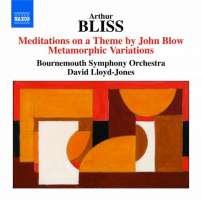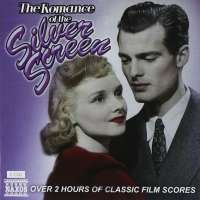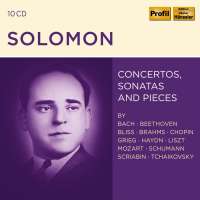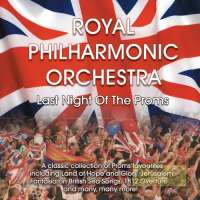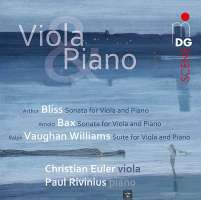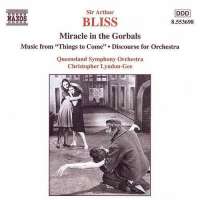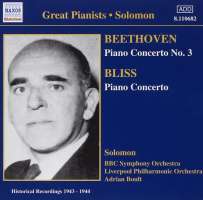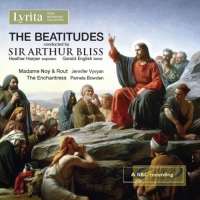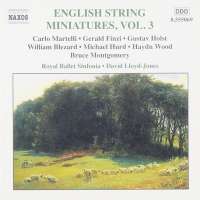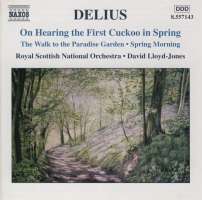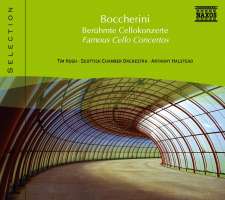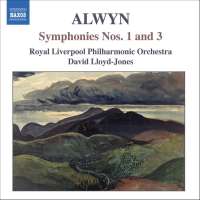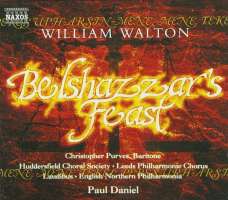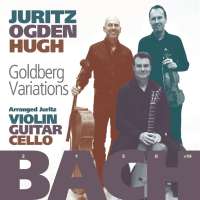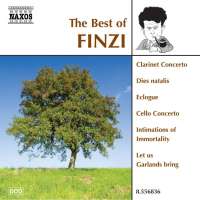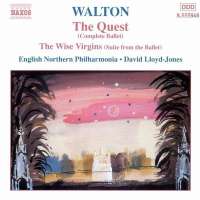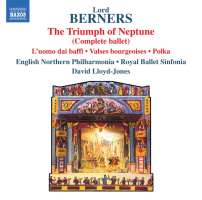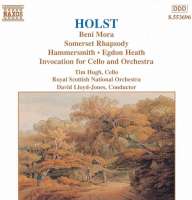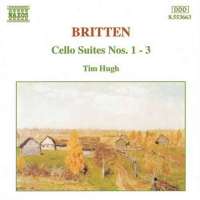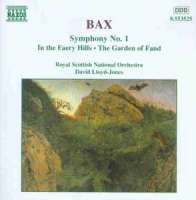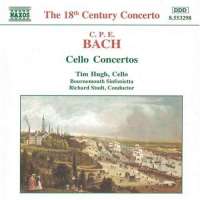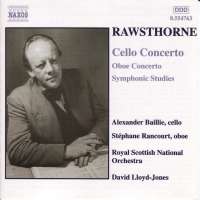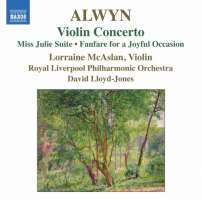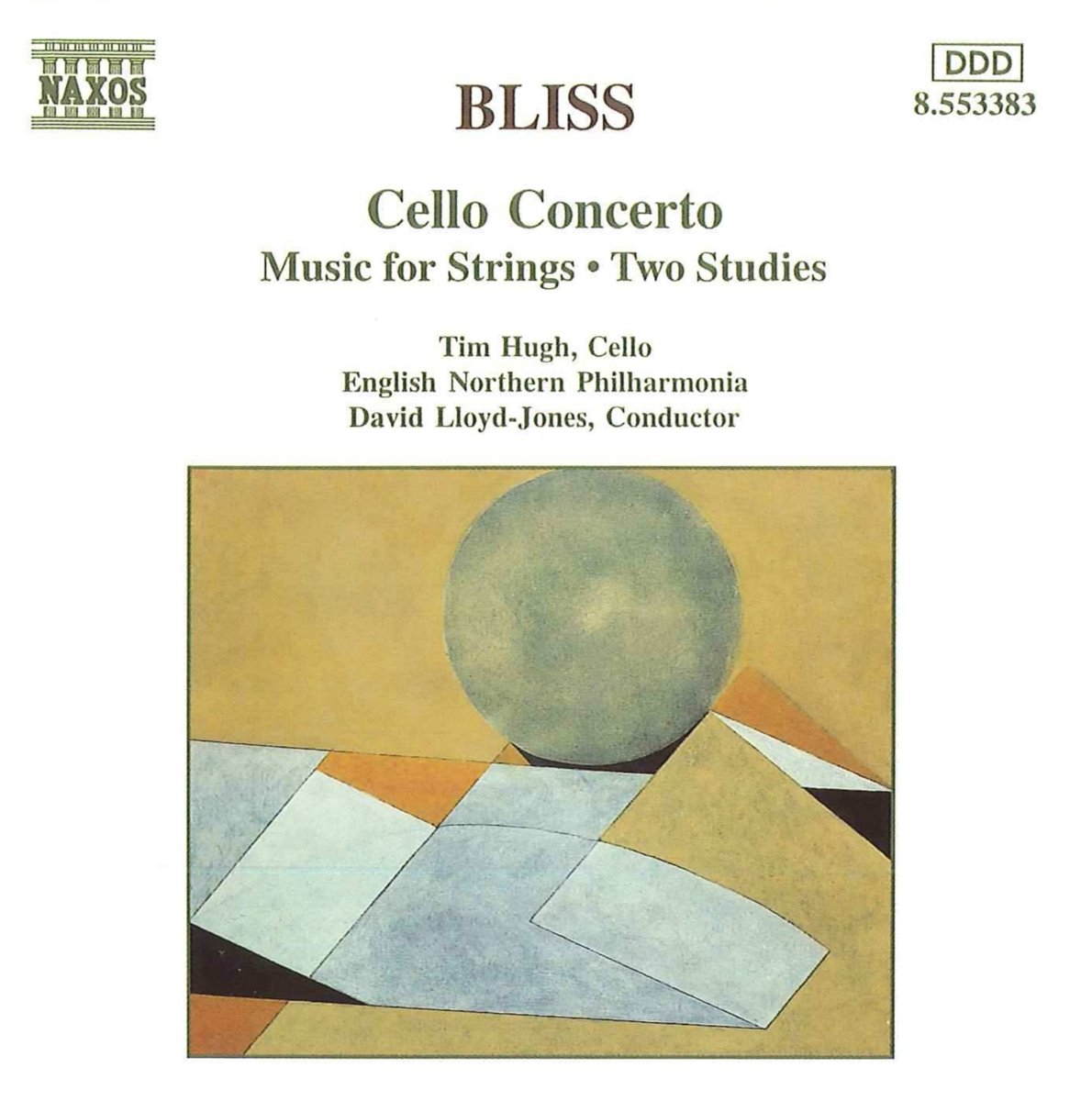
classical music distribution


(Produkt nie został jeszcze oceniony)
kompozytor
Bliss, Arthur
tytuł
BLISS: Cello Concerto, ...
wykonawcy
Lloyd-Jones, David;
Hugh, Tim;
English Northern Philharmonia
Hugh, Tim;
English Northern Philharmonia
nr katalogowy
8.553383
opis
There are three movements, as befits a classical concerto, of which the first, by far the most extended, is based on robust, expansive material, leaping intervals and dotted, characteristic Bliss rhythms which, in various states of development, permeate the whole work. The second is tender, perhaps slightly sad, an interplay of muted tones and little private dialogues between soloist and wind instruments, sometimes horns. It is mostly in compound time and triplets, and would be a lullaby except that it will not settle. The third is a coming-together of disparates, mostly athletic or puckish, with almost a cabaret of rapid mood and metre changes and a contrasting sostenuto section that genuinely touches the heart, albeit gently - lyrical but not sentimental - before the very opening theme bursts back upon us and a Vivo coda precipitates us to the conclusion "joy in writing" shines out of almost every bar. •
On the face of it, the Concerto does almost everything soloists hate: they play a strenuously demanding part calling for the uttermost of technique and finesse, offering very little opportunity for display but affording every chance to make mistakes. They do this for a long time, with scarcely a bar's rest, and for the most part severely exposed. There are pitfalls galore, no hiding places and very little glory. And yet, not one player have I met with a bad word to say about it.
nośnik
CD
gatunek
Muzyka klasyczna
producent
Naxos
data wydania
01-10-1996
EAN / kod kreskowy
730099438322

(Produkt nie został jeszcze oceniony)
cena 58,00 zł
lubProdukt na zamówienie
Wysyłka ustalana indywidualnie.
Darmowa wysyłka dla zamówień powyżej 300 zł!
Darmowy kurier dla zamówień powyżej 500 zł!
sprawdź koszty wysyłkiProduktu jeszcze nie zrecenzowano, chcesz być pierwszy?
Klienci, którzy kupili ten produkt, kupili również
Telemann, Georg Philipp
Telemann: Gott Zebaoth in deinem Namen - Cantatas Vol. 2
CPO 777 261-2
Liszt, Franz
Liszt: Symphonic Poems - Les Préludes, Prometheus, Hamlet, Die Ideale
MDR 1204
różni kompozytorzy, Piazzolla, Astor
Tanguillo - Astor Piazzolla, Vincent Peirani, Jocelyn Mienniel, Tomás Gubitsch
ZZT 322
Pozostałe płyty tego kompozytora
Bliss, Arthur, Bax, Arnold, Finzi, Gerald
The English Clarinet - BLISS / FINZI / BAX
8.570539
Vaughan Williams, Ralph, Bliss, Arthur, Bax, Arnold
Bax; Bliss; Vaughan Williams: Sonatas
MDG 903 1796-6
Beethoven, Ludwig van, Bliss, Arthur
Beethoven: Piano Concerto No. 3 / Bliss: Piano Concerto
8.110682
Pozostałe płyty tego wykonawcy
Bach, Johann Sebastian
Bach: Goldberg Variations, Arranged for Violin, Guitar & Cello
NI 6414
Alwyn, William
Alwyn: Violin Concerto, Miss Julie Suite, Fanfare for a Joyful Occasion
8.570705
Napisz recenzję dla: BLISS: Cello Concerto, ...
Zapytaj o dostępność produktu
Twoje zapytanie:
Odpowiemy na adres:
Produkt został dodany do koszyka

Bliss, Arthur
BLISS: Cello Concerto, ...
1 szt
